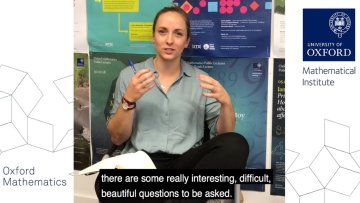12:45
Confinement in 4d N=1 from 6d N=(2,0)
Abstract
We will discuss confinement in 4d N=1 theories obtained after soft supersymmetry breaking deformations of 4d N=2 Class S theories. Confinement is characterised by a subgroup of the 1-form symmetry group of the theory that is left unbroken in a massive vacuum of the theory. The 1-form symmetry group is encoded in the Gaiotto curve associated to the Class S theory, and its spontaneous breaking in a vacuum is encoded in the N=1 curve (which plays the role of Seiberg-Witten curve for N=1) associated to that vacuum. Using this proposal, we will recover the expected properties of confinement in N=1 SYM theories, and the theories studied by Cachazo, Douglas, Seiberg and Witten. We will also recover the dependence of confinement on the choice of gauge group and discrete theta parameters in these theories.


